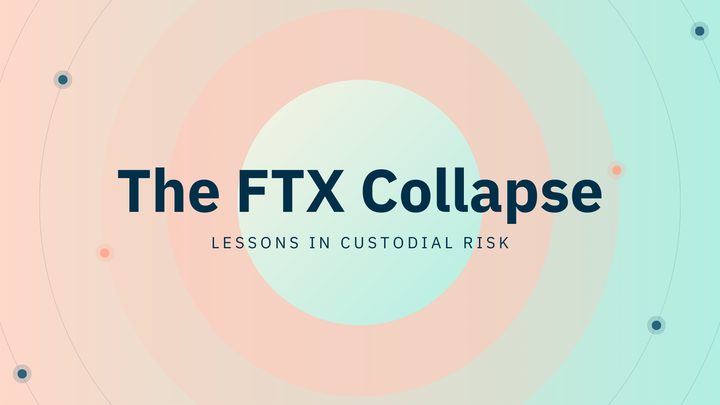Why Web3 Communities Are Addicted to Points, Quests, and Memes

In the Web3 space, spanning blockchain networks, decentralized finance (DeFi), NFTs, DAOs, and metaverse projects, certain engagement tactics have risen to the top as cultural mainstays. Points, quests, and memes aren’t just fleeting fads; they’ve become the lifeblood of online crypto-native spaces.
What makes them so compelling isn’t only the rewards they promise, but the way they tap into deep human drives: the desire for achievement, belonging, shared identity, and humor. In Web3, these tools help transform what could be a cold, technical ecosystem into vibrant communities with personality, culture, and resilience.
The Psychology of Gamification in Web3
At the heart of points and quests is gamification, the application of game-like elements to non-game contexts. In Web3, gamification is used to:
- Motivate participation through rewards and recognition.
- Lower the barrier to entry by making complex blockchain concepts more approachable.
- Create a sense of progress that keeps users coming back.
According to CoinMarketCap Academy, meme coin and GameFi communities are particularly receptive to quest mechanics because they rely on emotion, humor, and storytelling rather than purely technical innovation. This emotional connection makes members more likely to engage in repetitive tasks, such as retweeting, joining Discord channels, or completing on-chain transactions, in exchange for points or tokens.
Points: The Currency of Engagement
In Web3, points are often used as a pre-token incentive system. They serve as a proxy for future rewards, such as token airdrops, NFT access, or governance rights.
Why Points Work So Well
- Speculative Value: Even if points have no immediate monetary worth, the possibility of future conversion into tokens creates excitement.
- Status Signaling: Leaderboards and badges allow members to showcase their contributions.
- Retention Loop: The more points someone earns, the more invested they feel in the project.
Projects like Friend.tech and Layer3 have popularized points-based engagement, where users complete tasks to earn points that may later translate into tangible rewards. This mirrors the "earn now, benefit later" dynamic that has fueled loyalty programs for decades, but with the added twist of blockchain transparency and potential liquidity.
Quests: Structured Onboarding and Retention
Quests are structured challenges that guide users through specific actions, often with escalating difficulty and rewards. They are particularly effective in Web3 because they:
- Educate users on how to interact with a protocol.
- Encourage on-chain activity that benefits the project’s metrics.
- Foster community bonding through shared challenges.
As CoinMarketCap Academy notes, meme coin communities are especially active in quests because the tasks are simple (e.g., retweeting, wallet transfers) and the rewards are emotionally satisfying. This is in contrast to more “serious” blockchain projects, where the learning curve can be steep and engagement lower.
Memes: The Cultural Glue of Web3
If points and quests are the mechanics, memes are the soul of Web3 communities. They are not just jokes; they are cultural artifacts that carry shared meaning, identity, and values. Memes also function as a form of “low-friction content” in community spaces. Unlike technical documents or lengthy updates, memes can be consumed in seconds and shared instantly across platforms.
This enables ideas to spread faster than official announcements and helps projects ride cultural waves outside their niche. Many DAOs now even have dedicated meme squads whose sole job is to create and seed humorous, on-brand content, turning cultural momentum into consistent visibility.
Memes in Web3 have evolved into powerful marketing tools, capable of:
- Simplifying complex concepts into relatable humor.
- Driving virality far beyond the crypto-native audience.
- Creating emotional bonds that transcend technical discussions.
Projects like Dogecoin and Shiba Inu demonstrate how meme culture can transform a joke into a multi-billion-dollar market phenomenon.
The Interplay Between Points, Quests, and Memes
These three elements are not isolated, they reinforce each other in a feedback loop:
- Memes attract attention and bring new members into the community.
- Quests guide newcomers through meaningful actions, rewarding them with points.
- Points create a sense of achievement, encouraging members to share their progress, often through memes.
This cycle keeps communities active, visible, and emotionally invested. As LunaVision points out, memes add the emotional layer that purely technical discussions lack, making the community more approachable and sticky.
Case Studies
Layer3: Layer3 uses quests to onboard users to different Web3 protocols. Participants earn points for completing tasks like swapping tokens or joining governance votes. The gamified structure makes learning about DeFi less intimidating.
Friend.tech: Friend.tech’s points system has created a frenzy of speculation, with users racing to complete actions that might lead to future token rewards. The leaderboard culture has amplified engagement.
Dogecoin: What started as a meme coin became a cultural movement. The community’s humor and lightheartedness attracted mainstream attention, while tipping and microtransactions kept engagement high.
The Risks of Over-Reliance
While points, quests, and memes can supercharge engagement, they also carry risks:
- Speculative Bubbles: Points can create hype that collapses if rewards don’t materialize.
- Shallow Engagement: Users may participate only for rewards, not genuine interest.
- Misinformation: Memes can oversimplify or distort complex topics.
- Volatility: As AnalyticKit warns, meme-driven assets can experience significant fluctuations in value based on social trends.
Best Practices for Sustainable Use
To harness these tools responsibly, projects should:
- Balance fun with education, use quests to teach real skills.
- Be transparent about the value (or lack thereof) of points.
- Encourage organic meme creation rather than forcing it.
- Reward long-term contributions over short-term hype.
Conclusion
As Web3 matures, we can expect more sophisticated integrations of these elements:
- Dynamic quests that adapt to user behavior.
- Interoperable point systems across multiple projects.
- AI-generated memes tailored to community culture.
We may also see the emergence of “meta-quests” that span multiple ecosystems, imagine completing actions across DeFi, NFTs, and metaverse spaces for a single cumulative reward. Such interconnected gamification could blur project boundaries, encourage cross-community collaboration, and create a richer, more resilient Web3 culture that thrives on shared incentives.
The key will be to maintain the human connection that makes these tools so effective. In a decentralized world, culture is the ultimate moat,and points, quests, and memes are the building blocks of that culture.
References
- https://analytickit.com/from-memes-to-meaning-crafting-a-web3-community-with-purpose/
- https://lunavision.io/blog/meme-magic-how-memes-are-shaping-web-3-communities
- https://coinmarketcap.com/academy/article/how-meme-projects-use-quests-to-build-stickier-communities
- https://tpan.substack.com/p/249-memes-pt-2
MITOSIS official links:
GLOSSARY
Mitosis University
WEBSITE
X (Formerly Twitter)
DISCORD
DOCS



Comments ()